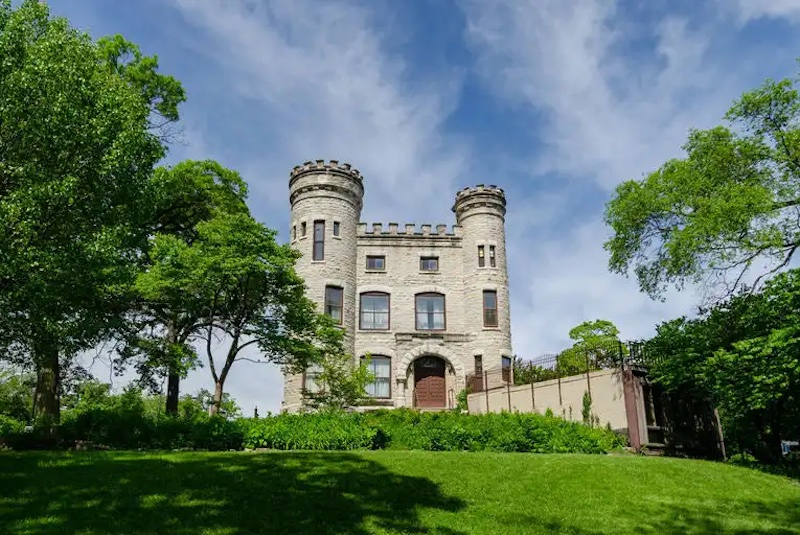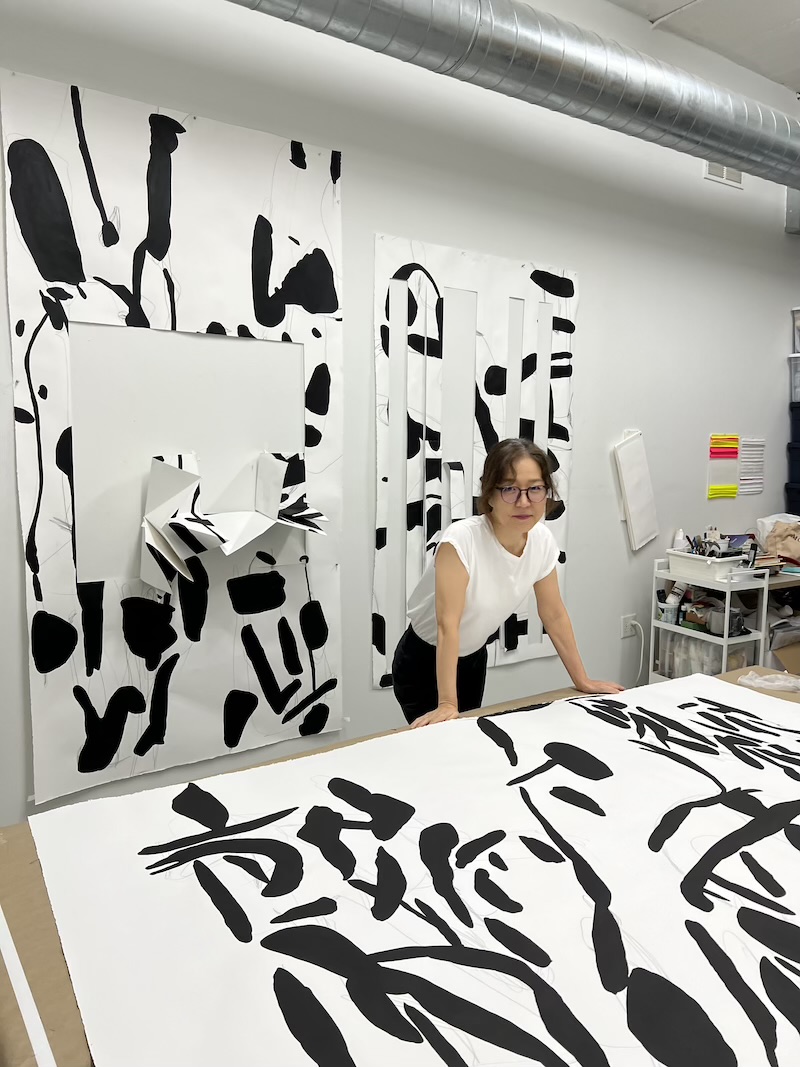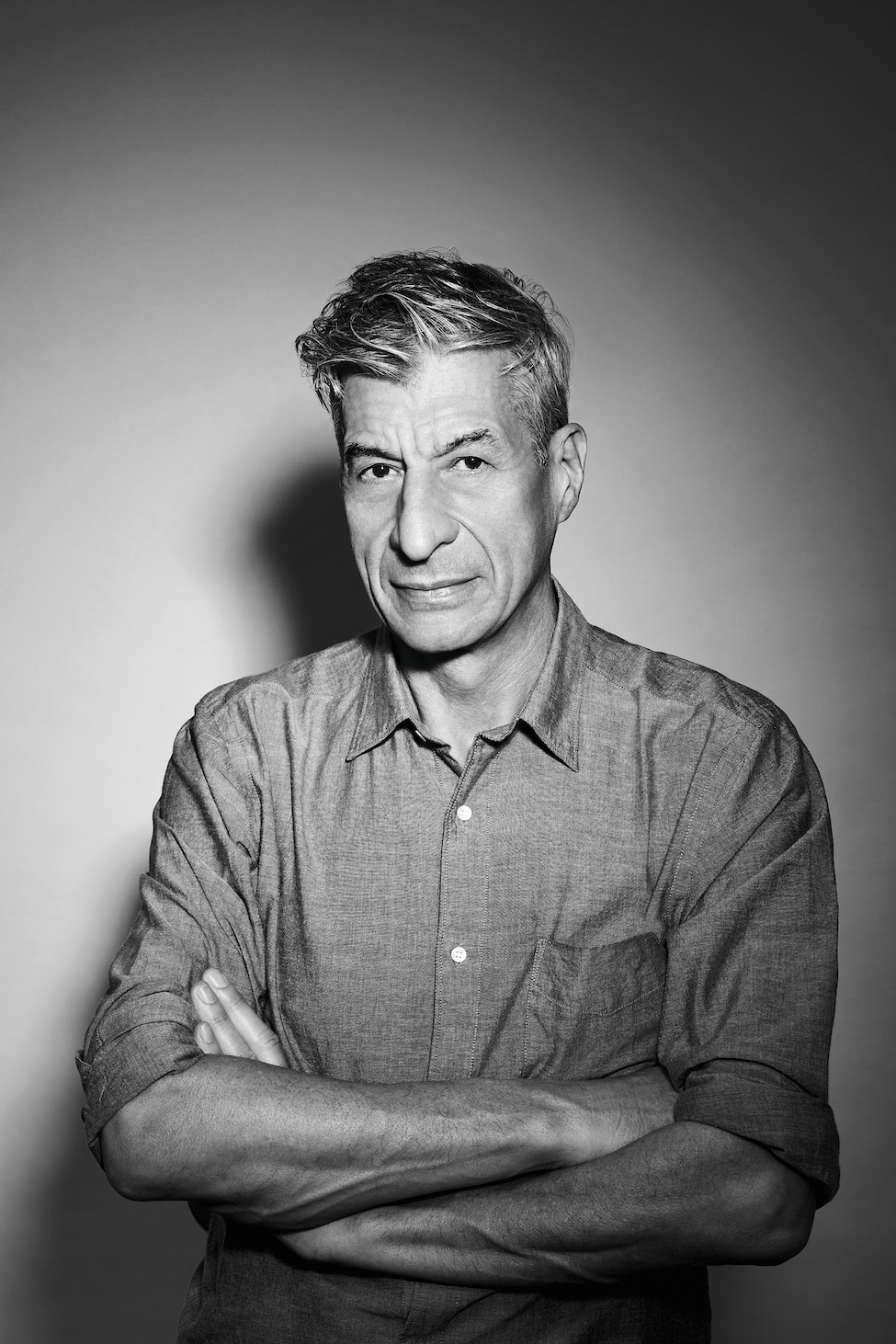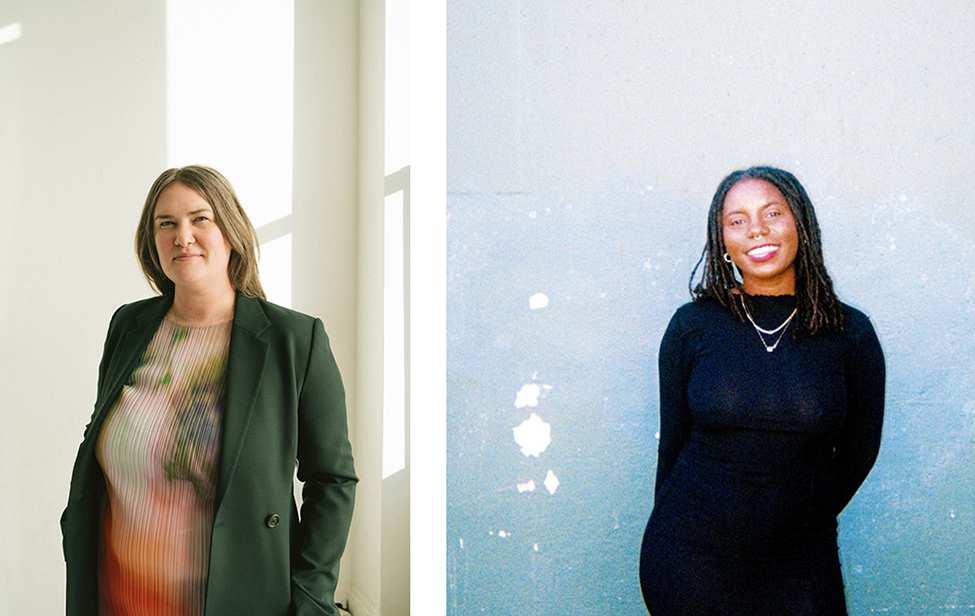Chicago Architecture Center's Annual Open House Chicago Announces 2024 Lineup


Via PR
CHICAGO—The Chicago Architecture Center (CAC) announced the sites for this year’s Open House Chicago (OHC), a free festival that instills civic pride by providing behind-the-scenes access to places of architectural, historical and cultural significance and highlights businesses, organizations and creative leaders making a positive impact in Chicago’s diverse neighborhoods. This year, OHC willhighlight 170+ locations across 20+ Chicago neighborhoods, including 25 new sites, on October 19 and 20.
“With all the new developments happening or proposed in Chicago, it’s more important than ever that people see how architecture and design shape our city,” said Eleanor Gorski, CEO & President, Chicago Architecture Center. “Open House Chicago is easily accessible and free to all. We hope the event fosters dialogue about architecture and inspires people to become more actively engaged in shaping and improving our built environment.
OHC, now in its 14th year, allows attendees to visit significant sites across the city, many of which are normally closed to the public. The event is one of the largest architecture and urban exploration festivals in the world, attracting more than 25,000 people annually.
This year, new sites include the Ramova Theatre in Bridgeport, which opened as a movie theater in 1929 and shut its doors in 1985, sitting vacant for nearly 30 years before being redeveloped and reopened this year as a restaurant, brewery and concert and events venue. The Ramova Theatre will also host CAC’s Designing Futures Gala on Oct. 1 to raise funds for OHC and other CAC programming.
Participants will also get an inside peek at the historic Chess Studio at Willie Dixon’s Blues Heaven Foundation, where legendary artists who shaped the sound of Chicago blues performed over the years. Also new to OHC is Bronzeville’s Al-Sadiq mosque, one of the oldest mosques in the United States and the former headquarters of the Ahmadiyya Muslim Community USA. OHC participants will also have access to The Driehaus Museum's Murphy Auditorium for the first time, an architectural marvel designed by noted Chicago architects Benjamin Marshall and Charles E. Fox. The building features a pair of cast bronze doors produced by Tiffany Studios and an iconic limestone exterior was built to mimic the façade and flanking entry staircase of the Chapelle Notre-Dame-de-Consolation in Paris.
Also new this year is the OHC photo competition. Festival attendees can showcase their photography skills by submitting photos taken at OHC sites in one of four categories: interior, exterior, black & white, and detail. Submissions can be made through the competition webpage at architecture.org. Selected entrants will have their photography printed and displayed at the CAC over the holiday season as part of the Center’s “Framed Views: OHC Photography” exhibition that opens on Nov. 23. Winners of the competition, which will be judged by local photographers, will receive complimentary memberships to the CAC.
By making learning about architecture accessible to all, OHC is a key part of the Chicago Architecture Center’s mission to inspire people to discover why design matters. It was developed based on a similar festival in the United Kingdom that was founded in 1992 to allow people to explore buildings in London. This year’s OHC event includes partnerships with local small businesses like Starshaped Press in Ravenswood, which is creating official OHC merchandise.
In addition to the tours, OHC sites will also host more than 40 programs and activations during the weekend. Growing Home Urban Street Farm in Englewood is hosting a hands-on mosaic magnet-making activity at its Harvestfest on Oct. 19; the National Museum of Puerto Rican Arts & Culture in Humboldt Park will have drop-in salsa lessons and art-making activities; the Historic Pullman Foundation is offering mini tours of the Pullman neighborhood in collaboration with the Illinois Labor Historical Society; and Graceland Cemetery in Uptown will be hosting art classes with ofrenda/paper marigold making for Dia de Los Muertos in collaboration with the National Museum of Mexican Art. More events will be announced closer to OHC weekend.
People interested in attending the event or volunteering can learn more details on the Chicago Architecture Center’s new website or download the CAC app to plan their OHC weekend. The app allows users to sort by neighborhood and building type and build routes to enjoy all that OHC offers.
The Annual Public Festival, the Largest of its Kind in the World, Provides Free Access to Culturally, Architecturally and Historically Significant Sites Throughout Chicago’s Diverse Neighborhoods on October 19 and 20
###
Editor's Picks
Related:






